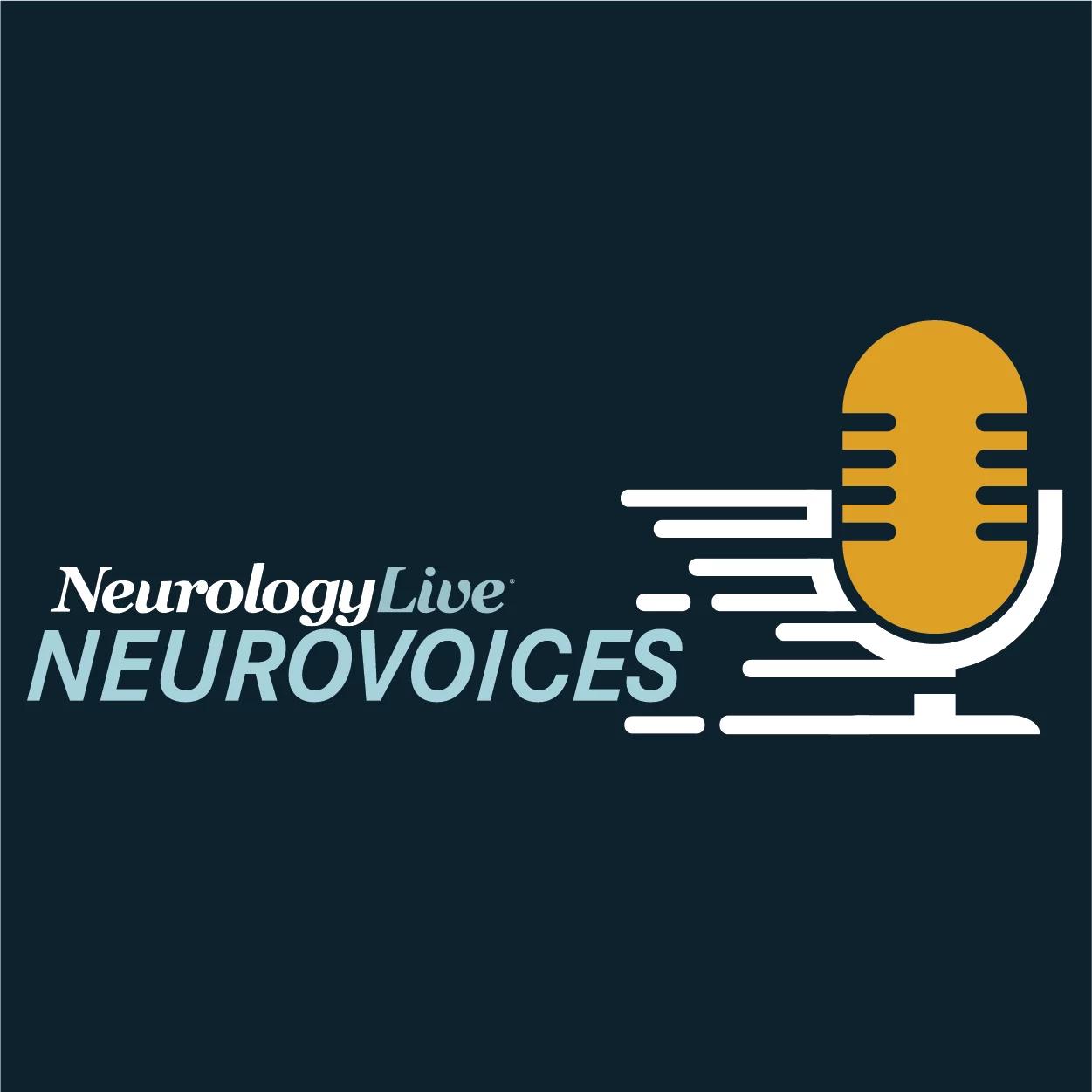News
Article
FDA Grants Authorization to Epiminder’s Implantable Continuous EEG Monitor for Epilepsy Treatment
Key Takeaways
- Minder, an implantable EEG system, received FDA De Novo authorization, enhancing epilepsy management, especially for drug-resistant cases.
- The UMPIRE study validated Minder's clinical utility, showing improved seizure tracking and management.
- Minder's data enabled precise diagnosis, treatment adjustments, and surgical eligibility assessments, addressing gaps in epilepsy care.
- Clinicians noted improved patient empowerment and control, despite challenges like device compliance and anatomical factors.
The system has been previously recognized with breakthrough device designation by the FDA, emphasizing its potential to enhance epilepsy care through more effective diagnosis and management.
Rohan Hoare, PhD
(Credit: Epiminder)

According to a new announcement, the FDA has granted De Novo authorization to Epiminder’s Minder, an implantable continuous electroencephalogram monitoring system (iCEM), marking it as the first device of its kind approved in the United States for patients with epilepsy. The device is expected to formally launch in the second half of 2025 through a phased rollout at leading epilepsy centers as part of the company’s strategy to demonstrate the system’s clinical utility.1
"We have worked constructively with the FDA over an extend period of time and we are very pleased that the FDA has approved Minder iCEM for the use in drug resistant epilepsy (DRE). The agency had previously designated Minder a breakthrough technology underscoring the importance of this innovation. The marketing authorization makes brings an important new tool to bear in managing drug resistant epilepsy," Rohan Hoare, PhD, CEO at Epiminder, told NeurologyLive® in a recent interview.
The decision was supported by data from the UMPIRE study, a multi-center, prospective, open-design, case-controlled trial conducted in Australian hospitals between 2019 and 2023. According to the company, Minder successfully captured high-quality EEG data over extended periods, including a continuous 5-year recording in 1 participant.2 Minder is designed to support more accurate diagnoses, improve therapeutic drug monitoring, and inform decisions around nondrug treatments such as surgery.
"The Minder iCEM is the only continuous EEG monitor that can be used by treating epileptologist/neurologist to objectively quantify patient seizure burden. Minder delivers high fidelity, long-term recording and analysis of epileptic seizures outside the walls of the hospital," Hoare said. "Patient selection is always an important consideration. Minder is designed and indicated to aid physician's remote assessment and monitoring of DRE and with approximately 40% of people with epilepsy in the US estimated to have DRE, this is a significant and challenged patient segment that Minder will provide actionable clinical insights for."
Presented at the 2024 American Epilepsy Society Annual Meeting, held December 6-10, in Los Angeles, findings from a qualitative analysis of clinician experiences in the UMPIRE study further reinforced the device’s clinical value in epilepsy care.3 In interviews conducted with site principal investigators after completion of the trial, researchers sought to explore how Minder’s ultra-long-term EEG monitoring might complement traditional seizure diaries and identify additional clinical benefits.
READ MORE: FDA Expands Diazepam Nasal Spray Indication to Treat Ages 2 to 5
Clinicians noted that patients often struggled with poor seizure awareness, unclear symptoms, or questions around differential diagnoses such as epilepsy versus functional neurological disorder (FND). All told, Minder’s data helped address these gaps. Investigators reported detecting high seizure frequencies in patients who were either unaware of their seizures or underreporting them. Additionally, Minder enabled reclassification of events (epileptic, FND, or cardiac), clarification of seizure signs and symptoms, and precise identification of seizure onset zones—all critical information that helped tailor treatment plans.
These insights translated into direct clinical actions: adjustments to antiseizure medications (ASMs), implementation of driving restrictions, referrals to other specialists (e.g., cardiology, psychiatry), and improved seizure diary accuracy. In some cases, Minder data supported or ruled out a patient’s eligibility for surgical treatment.
Importantly, clinicians shared that patient in the study generally tolerated the device well, with many reportedly feeling more “empowered” and “in control” after receiving objective data about their seizures. Although challenges such as proper device usage, compliance, and individual anatomical factors were noted, the overall impression was that Minder contributed positively to the lived experience of epilepsy.
"One of the greatest difficulties in caring for people with epilepsy is the lack of accurate information about a patient's seizures. Seizure diaries are of limited effectiveness,” Professor Robert Fisher MD, PhD, Director of the Stanford Epilepsy Center, past-President of the American Epilepsy Society, and Chair of the Data Safety Monitoring Board for the UMPIRE trial, said in a statement.1 “Minder can greatly improve seizure tracking and therefore seizure management. It will fill the significant gap in current EEG technologies, providing clinicians like me continuous and accurate data. By having a more complete picture, we can be more precise in our diagnoses, better able to rapidly adjust medication or neuromodulation regimens and identify patients for potential non-drug or surgical treatments. The result will be a reduction in the huge burden of drug resistant epilepsy."
REFERENCES
1. FDA Grants Authorisation for Minder®, the First and Only Implantable Continuous EEG Monitor Approved in US. News Release. Epiminder. Published April 22, 2025. Accessed April 23, 2025. https://epiminder.com/news/fda-authorisation
2. Epiminder Announces 5-Year Milestone of Long-Term Continuous EEG Monitoring Implant. News Release. Epiminder. Published November 25, 2024. Accessed April 23, 2025. https://epiminder.com/news/five-year-milestone
3. Gillinder L, Halliday A, Seneviratne U, et al. Clinical Impact of Ultra-long Term EEG Monitoring with the Minder Sub-scalp System on Epilepsy Management and Patient Care. Presented at: AES 2024; December 6-10; Los Angeles, CA. Abstract 1.343
2 Commerce Drive
Cranbury, NJ 08512
All rights reserved.




